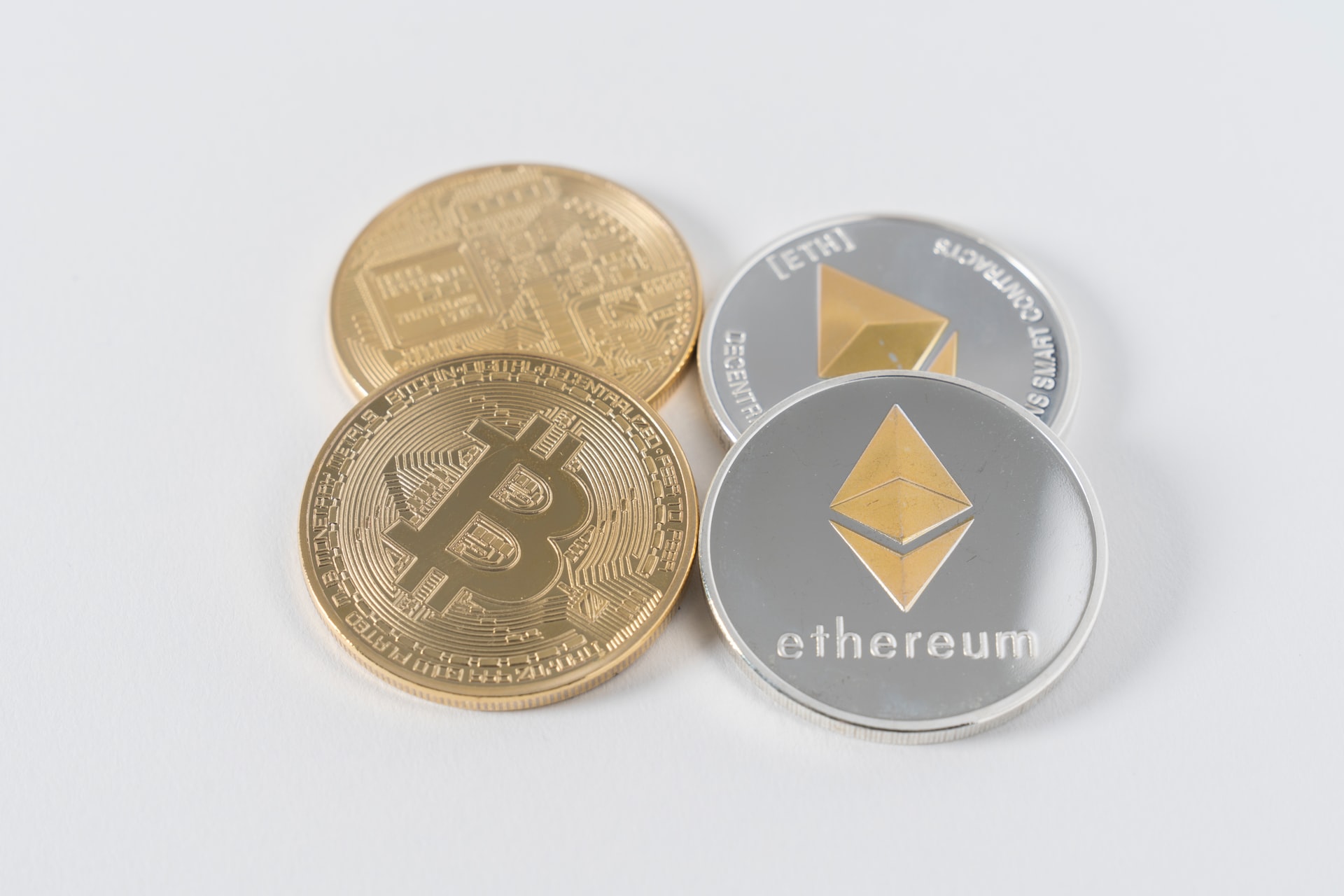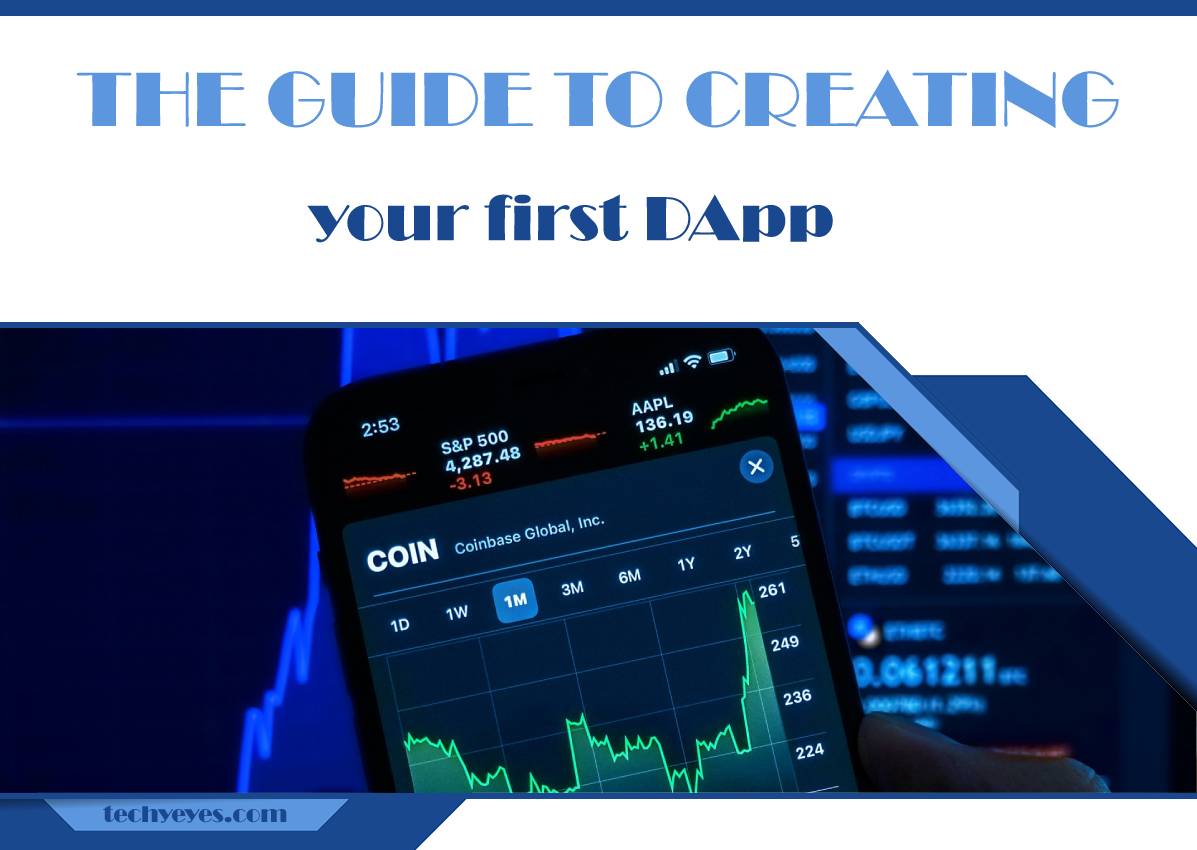Decentralized applications are one of the hottest trends right now. In the development community, many developers are also turning to blockchain projects to sharpen their skills and become experienced in this relatively new field. Undoubtedly, blockchain technology is not only changing the way we live, but it is also creating new jobs and changing the business landscape, and we’re only at the beginning of it.

However, learning all about decentralized applications is not easy, as this term is connected to many emerging technologies, from smart contracts to blockchain technology. So, what do you need to know to be able to create your first DApp? We bring you all the answers in this article.
What Is a DApp
A DApp or decentralized application is a software application running on a distributed network. Unlike everything we’ve seen before, DApps are not hosted on centralized servers, but on peer-to-peer decentralized networks. However, to truly understand the value and potential of decentralized applications, one will first need to learn what Ethereum is.
Although there are other protocols used to build DApps, such as EOS, Stellar, Tron, NEO, and Cardano, the most important for DApps is Ethereum. It is also recommended for maximizing all cryptocurrency arbitrage opportunities and making money on these innovative approaches.

Ethereum is a network protocol enabling users to create and run smart contracts on a decentralized network. Smart contracts contain codes running particular operations and interacting with other smart contracts. All of this needs to be written by a developer who knows the blockchain environment.
Ethereum eliminates the need for an intermediary to manage transactions between different parties. Because the middle man is replaced by code, there are no costs involving the third party, but also the time and money are not affected as they were before. Similar to how Bitcoin removes the necessity for another person or institution to hold your money, Ethereum eliminates that necessity for a person to make a deal.
This is where the smart contracts come in. They are hosted on multiple computer nodes around the world. The nodes have all the information about all smart contracts, from codes to transactions. They are working nonstop to maintain the information up-to-date so they have access to the same copy. Here, the value of the blockchain API is essential. The blockchain API is an interface communicating with a blockchain node or a client network directly or via other services. For a DApp to work, you will need to have a frontend with a smart contract backend.
Ethereum DApps & Web 3.0

Since the creation of the Internet, the volume of information has been rapidly growing. Each day, we interact and share more information online. We can say that we both produce and consume information almost to infinity. Over time, the control over this information, from our social lives to our finances, on the Internet has become centralized.
Those who own this information about us are the ones who control it because they can see it and use it however they want. They are middlemen holding all of our information on centralized servers, meaning they have a monopoly on all the information online.
Luckily, Web 3.0 and Ethereum DApps play a key role in changing this unfair concept. The core idea of Web 3.0 is decentralizing everything we’ve explained above. Once the information and services are completely decentralized, large corporations and governments will no longer be able to control Internet users by using their monopolistic tactics.
Ethereum DApps can decentralize information and services, providing Web 3.0 with a platform for delivering an entirely free and accessible Internet for everyone willing to use it. The idea is to completely abandon the central point of control and the middlemen, and allow the flow of information and services.
There are many promising Ethereum tokens and DApps showing us a glimpse of how the Internet of the future will look like, such as:
- Basic Attention Token (BAT), which is utilized to enhance privacy and value transfer between users, publishers, and advertisers. BAT is utilized in the Brave browser.
- Golem (GNT), which runs code on one or more distributed compute nodes.
- Minds, which is a social media platform enhancing value transfer between content creators and consumers.
- TokenSets, which is managing cryptocurrency assets through tokenized automated asset management strategies.
- Aave is utilized to earn interest on cryptocurrency deposits and borrow cryptocurrency assets.
- IDEX is a decentralized cryptocurrency exchange.
Final Words
Ever since Bitcoin was created, we’ve witnessed impressive growth in cryptoverse. Storing data in a decentralized way is a crucial stepping stone to code execution decentralization. Ethereum enables us to deploy smart contracts across the entire world to support the backend for existing and upcoming DApps.
With more and more decentralized applications being launched, we’ll be one step closer to a more fair, free, and accessible Internet. Whether you decide to hire a DApp development company to build your first decentralized app or choose to do it on your own, make sure it serves the purpose of decentralization, not centralization.

